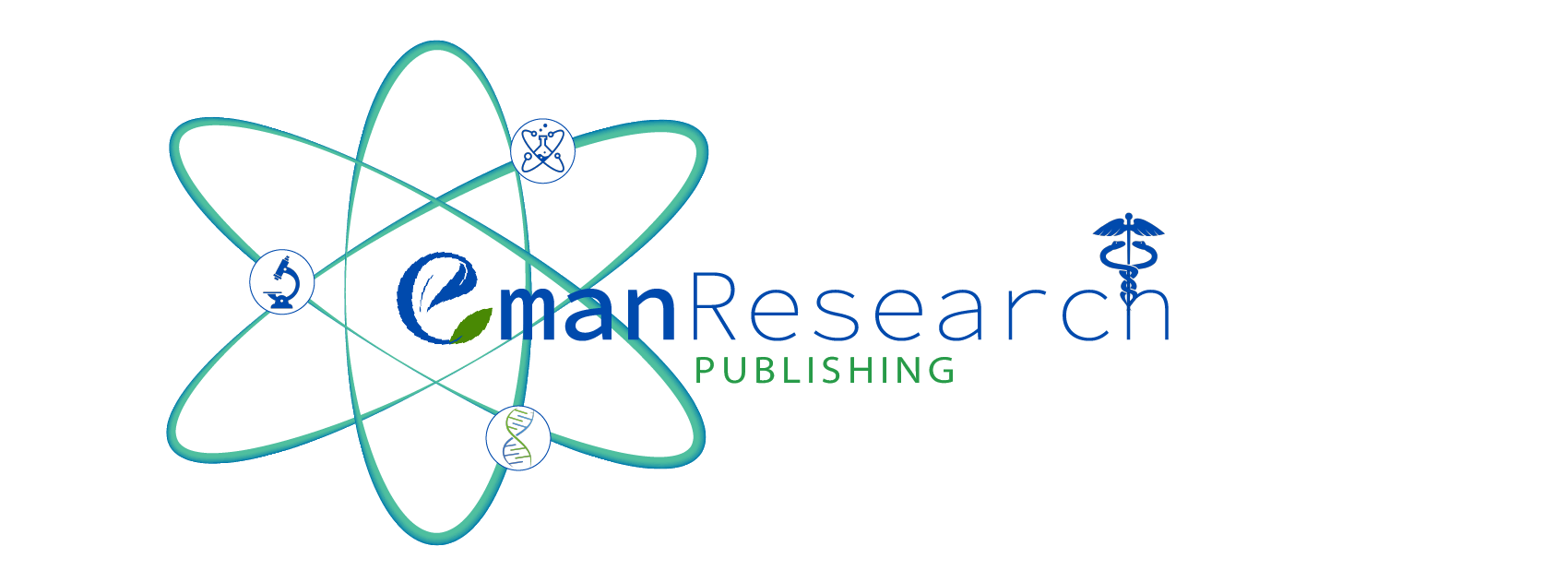In Silico molecular mechanism determination with Falcipain-2 responsible for Antimalarial activity of (N-(5-Chloro-2-hydroxyphenyl)-2-(2-methyl-2-propanyl)-1,3-dioxo-5-isoindolinecarboxamide
Farhana Mosaddqque A, B, Md Shamsuddin Sultan Khan C
Advanced Bioinformatics & Chemistry 1(1) 019-024 https://doi.org/10.25163/abc.11205011216300819
Submitted: 12 February 2019 Revised: 16 May 2019 Published: 30 August 2019
The molecular interactions possessed the reason of being inhibitors of falcipain-2 as antimalarial agent.
Abstract
The potent antimalarial drugs may combat resistant behaviour of malaria parasites. The protein which may prevent the growth and transmission of malaria parasite may be the great target for drug design and development. The objectives of this study was to assess the in silico binding activity of compound (N-(5-Chloro-2-hydroxyphenyl)-2-(2-methyl-2-propanyl)-1,3-dioxo-5-isoindolinecarboxamide) and compared the activity with standard falcipain-2 inhibitors Artesunate, Chloroquine, and Primaquine based on their binding affinities and correlating the in silico docking outcome with previously studied in vitro antimalarial screening results. In this study the antimalarial binding activity of this compound was predicted that possess chemical interaction as a means of antimalarial mechanism of action. After the previous in vitro anti-hemozoin-formation high-throughput screening (HTS) of 9,600 compounds, four hit compounds were selected for molecular docking study as falcipain-2 inhibitors. Using Autodock Vina software the compounds were screened against target and analyzed. The compound showed better druglike properties due to affinity and binding interaction with target protein of falcipain-2. In conclusion, the molecular interactions possessed the reason of being inhibitors of falcipain-2 as antimalarial agent.
Key Words: Antimalaria, Molecular Docking, Binding, Efficiency, In Silico
References
A.M. Dondorp, F. Nosten, P. Yi, D. Das, A.P. Phyo, J. Tarning, K.M. Lwin, F. Ariey, W. Hanpithakpong, S.J. Lee, P. Ringwald, K. Silamut, M. Imwong, K. Chotivanich, P. Lim, T. Herdman, S.S. An, S. Yeung, P. Singhasivanon, N.P. Day, N. Lindegardh, D. Socheat, N.J. White. N. Engl. J. Med., 361 (2009), p. 455
B.R. Shenai, P.S. Sijwali, A. Singh, P.J. Rosenthal. Characterization of native and recombinant falcipain-2, a principal trophozoite cysteine protease and essential hemoglobinase of Plasmodium falciparum. J. Biol. Chem., 275 (2000), p. 29000
Curr. Top. Med. Chem., 12 (2012), p. 408
Eckstein-Ludwig U, Webb RJ, van Goethem IDA et al (2003) Artemisinin target the SERCA of Plasmodium falciparum. Lett Nat 424:957–961
Ettari R, Bova F, Zappala M, Grasso S (2010) Micale N falcipain-2 inhibitors. Med Res Rev 30:136–137
F. Shah, P. Mukherjee, J. Gut, J. Legac, P.J. Rosenthal, B.L. Tekwani, M.A. Avery
Gasteiger, J., Marsili, M., et.al. (1980). Iterative partial equalization of orbital electronegativity - a rapid access to atomic charges. Tetrahedron. 36, 3219-3288.
Golenser J, Waknine JH, Krugliak M, Hunt NH, Grau GE (2006) Current perspectives on the mechanism of action of artemisinins. Int J Parasitol 36:1427–1441
H. Noedl, Y. Se, K. Schaecher, B.L. Smith, D. Socheat, M.M. Fukuda. N. Engl. J. Med., 359 (2008), p. 2619. https://doi.org/10.1056/NEJMc0805011
Huy NT, Chi PL, Nagai J, Dang TN, Mbanefo EC, Ahmed AM, Long NP, Thoa LT, Hung
LP, Titouna A,Kamei K, Ueda H, Hirayama K. 2017. High-throughput screening and prediction model building for novel hemozoin inhibitors using physicochemical properties. Antimicrob Agents Chemother 61:e01607-16.doi:10.1128/AAC.01607-16
M. Marco, J.M. Coteron. Falcipain Inhibition as a Promising Antimalarial Target
Identification of Novel Malarial Cysteine Protease Inhibitors Using Structure-Based Virtual Screening of a Focused Cysteine Protease Inhibitor Library. J. Chem. Inf. Model., 51 (2011), p. 852
J. Liu, E.S. Istvan, I.Y. Gluzman, J. Gross, D.E. Goldberg. Proc. Natl. Acad. Sci. U.S.A., 103 (2006), p. 8840
O. Trott, A. J. Olson, AutoDock Vina: improving the speed and accuracy of docking with a new scoring function, efficient optimization and multithreading, Journal of Computational Chemistry 31 (2010) 455-461
P.J. Rosenthal, P.S. Sijwali, A. Singh, B.R. Shenai. Cysteine Proteases of Malaria Parasites: Targets for Chemotherapy. Curr. Pharm. Des., 8 (2002), p. 1659
P.J. Rosenthal. Adv. Exp. Med. Biol., 712 (2011), p. 30
Qidwai T, Yadav DK, Khan F et al (2012) QSAR, docking and ADMET studies of artemisinin derivatives for antimalarial activity targeting plasmepsin II, a hemoglobin-degrading enzyme from P. falciparum. Curr Pharm Des 37:6133–6154
Rosenthal PJ, Sijwali PS, Singh A, Shenai BR (2002) Cysteine proteases of malaria parasites: targets for chemotherapy. Curr Pharm Des 8:1659–1672
T. Hogg, K. Nagarajan, S. Herzberg, L. Chen, X. Shen, H. Jiang, M. Wecke, C.Blohmke, R. Hilgenfeld, C.L. Schmidt. Structural and functional characterization of falcipain-2, a hemoglobinase from the malarial parasite Plasmodium falciparum. J. Biol. Chem., 281 (2006), p. 25425
World Health Organization. 2016. World malaria report 2015. World Health Organization, Geneva, Switzerland.
View Dimensions
View Altmetric
Save
Citation
View
Share


